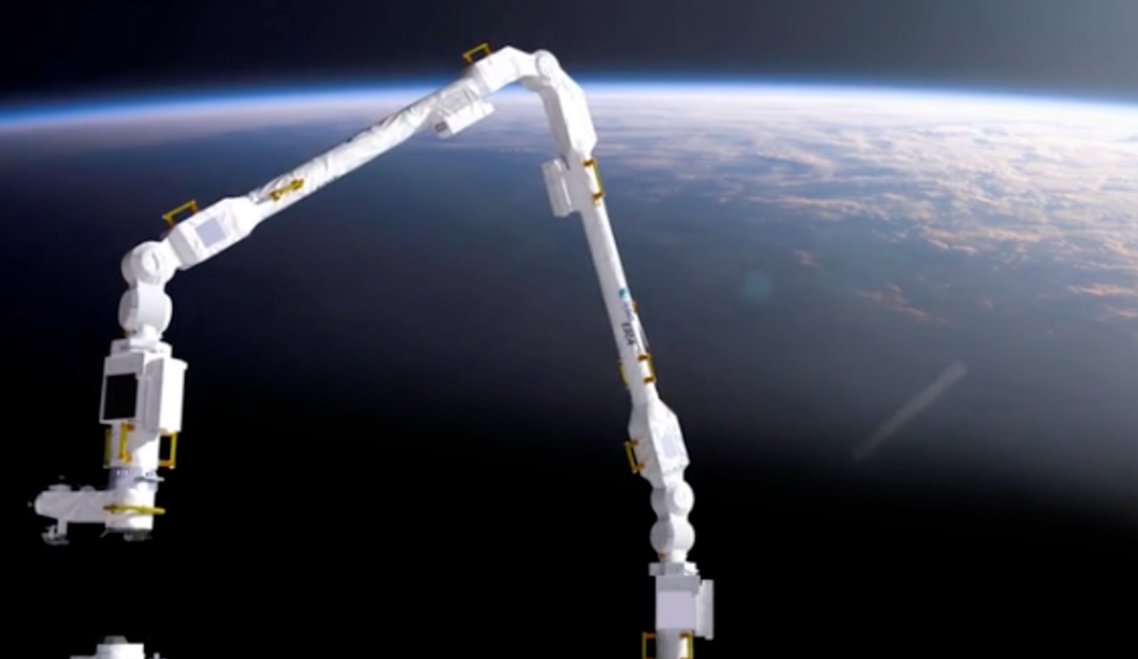Russia To Ban Use Of European Robotic Arm On ISS

Credit: ESA
Deteriorating relations between Russia and Western countries are threatening the last bastion of mutual cooperation in space—the International Space Station (ISS). Dmitry Rogozin, CEO of Roscosmos State Space Corp., vowed July 12 on social media to ban cosmonauts from working with the European...
Subscription Required
This content requires a subscription to one of the Aviation Week Intelligence Network (AWIN) bundles.
Schedule a demo today to find out how you can access this content and similar content related to your area of the global aviation industry.
Already an AWIN subscriber? Login
Did you know? Aviation Week has won top honors multiple times in the Jesse H. Neal National Business Journalism Awards, the business-to-business media equivalent of the Pulitzer Prizes.